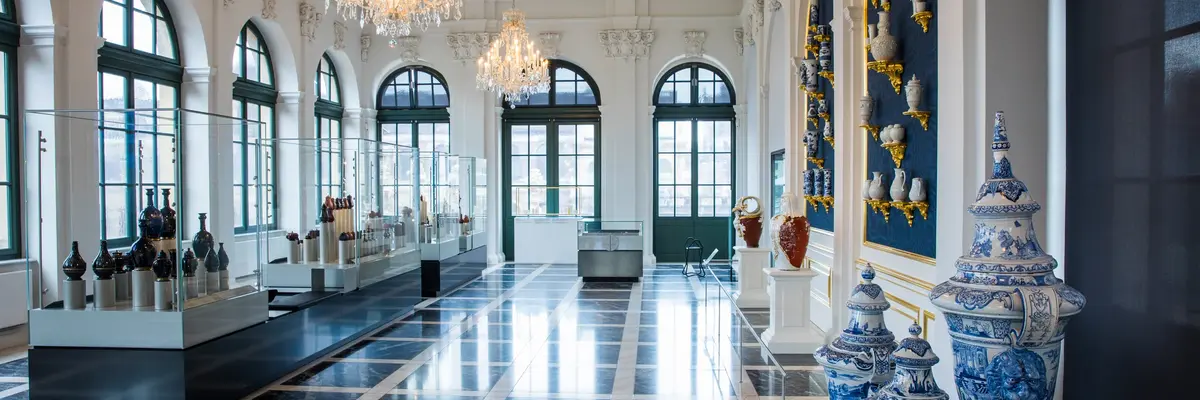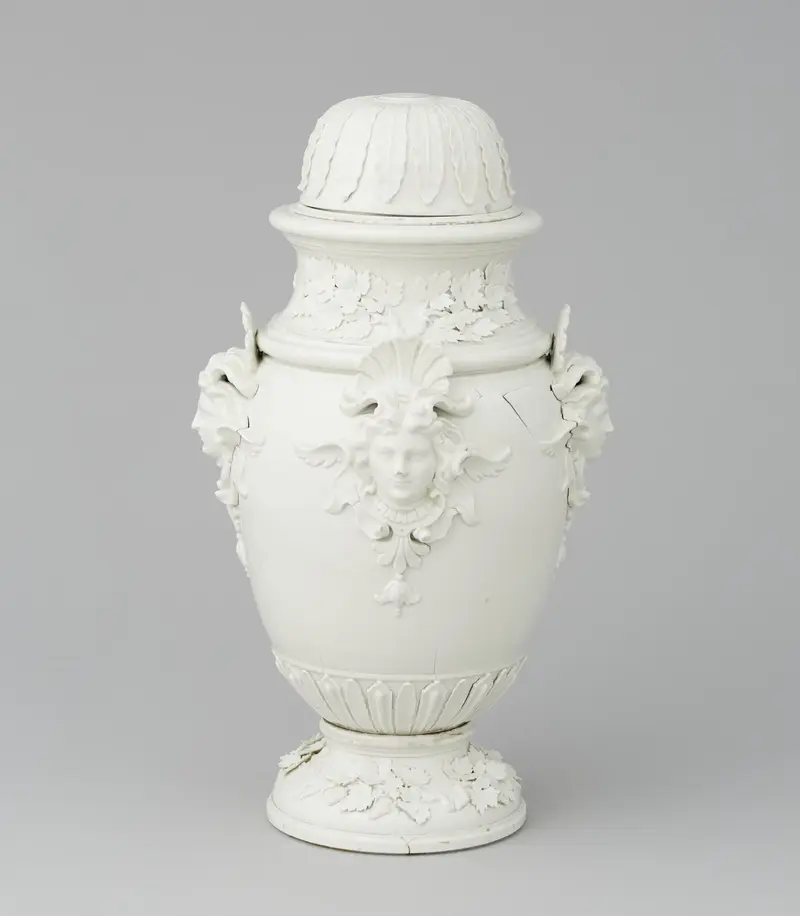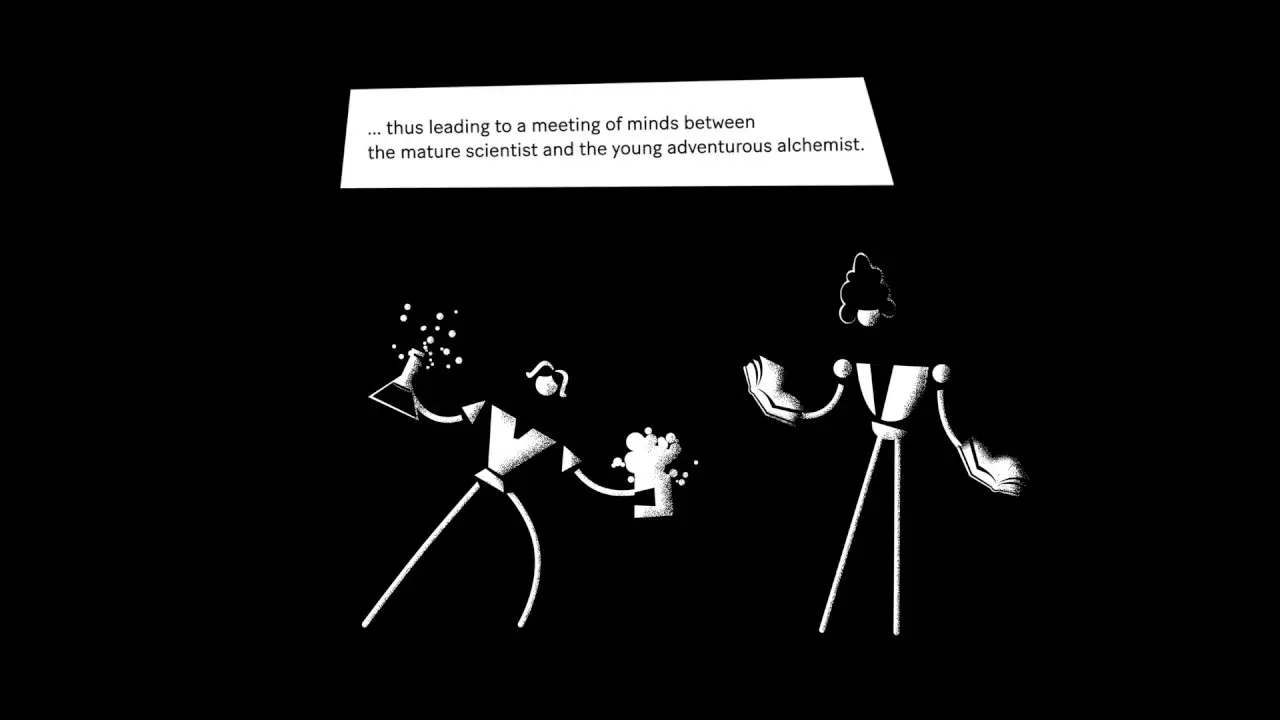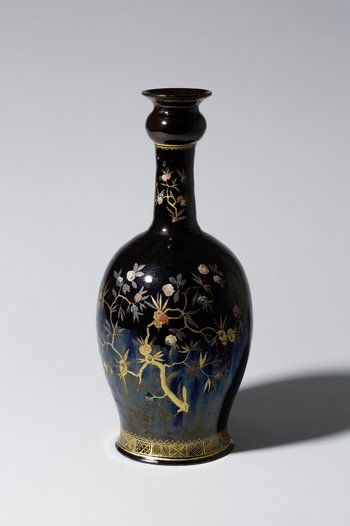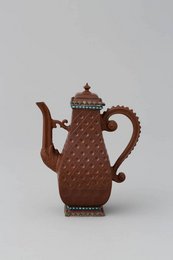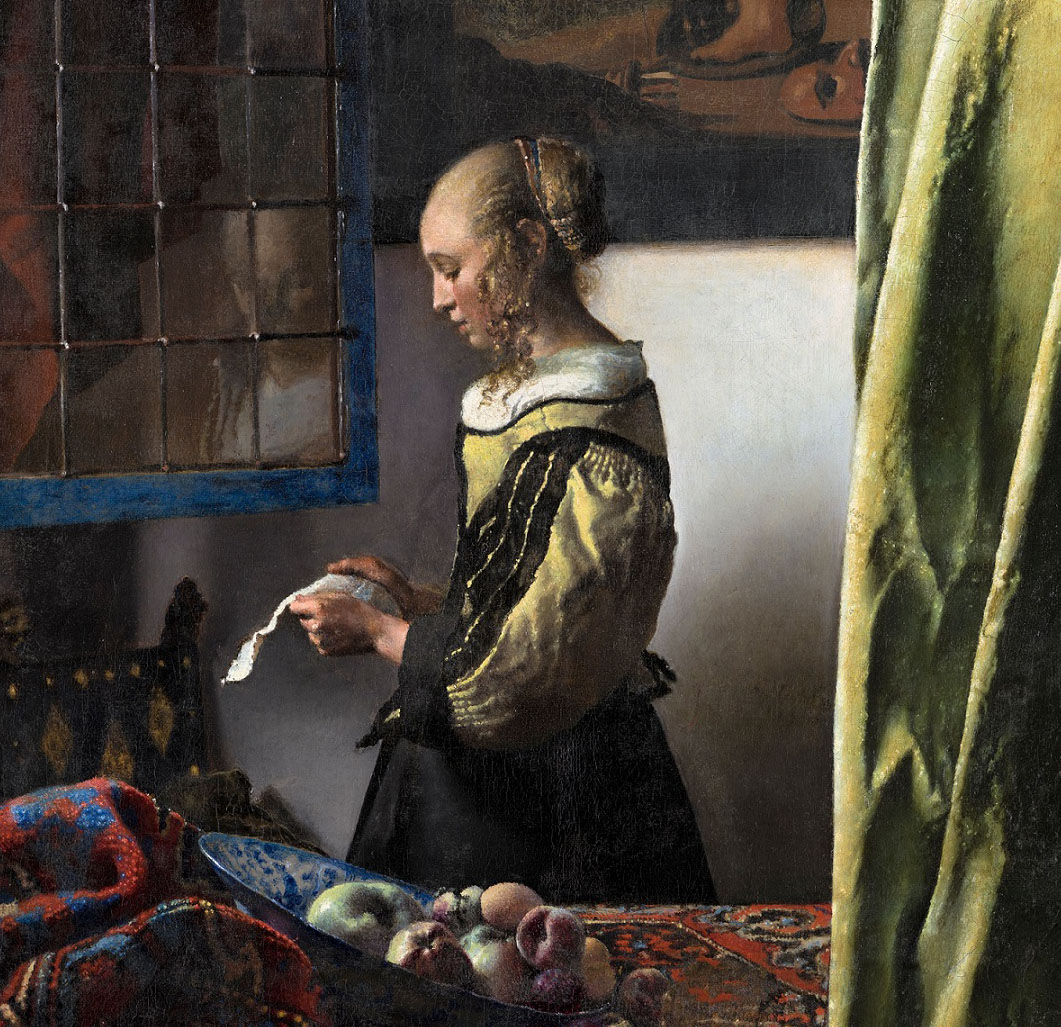[Translate to English:] Als August der Starke
When Augustus the Strong held the first gleaming white vases and dishes with the finest flower arrangements and relief decorations in his hands, he knew that he now possessed a unique trump card that was the envy of all other princes. Porcelain was therefore to shine particularly brightly at the Dresden court. Now the world's most beautiful and important collection of early works by the Meissen manufactory is shining in a new light in a contemporary museum presentation. The accent lighting in the showcases now allows the finest details of the cut, faceted, relief-decorated, silver-framed or black-glazed surfaces to be observed.
